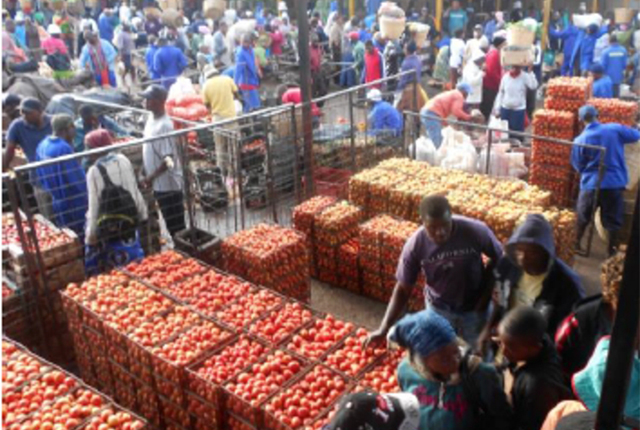Recommended tobacco transplanting practices


Farmers are encouraged to transplant ideal seedlings which would have been hardened in the seedbed to prepare them for the anticipated harsh field conditions
Buhle Nkomo
September 1 is the earliest legislative date for transplanting tobacco from the seedbed to the field. The assumption is stalks, which are hosts for pests and agents for the carryover of diseases, were destroyed on or before the May 15. Before transplanting tobacco one ought to ensure that land has properly been prepared through ploughing and discing. Appropriate ridging and digging of planting holes should also be done.Discing is done to break soil clods into a fine tilth to enhance uniform ground therefore allowing the equal distribution of water. At least five litres of water must be applied per planting station two weeks before transplanting commences. This is aimed at linking the applied water with ground water or residual moisture.
Farmers are encouraged to transplant ideal seedlings. Ideal seedlings should have been hardened in the seedbed to prepare them for the anticipated harsh field conditions.
The seedlings should be pencil thick in diameter and about 15cm in length for the conventional seedbeds and 12 cm for the float tray system.
Seedlings ought to be clipped before transplanting so that evapotranspiration is minimised and to ensure they are of the same size. Uniform seedlings should be selected to attain a uniform crop and should be erected in the planting hole while there is still water.
It is very important that the seedling must be firm in the planting hole and if seedlings are too long they should be planted as deep as possible to avoid goose necks.
Most importantly, farmers should ensure that only seedlings which are enough to be planted are pulled out. They should not be allowed to come in contact with surface heat and preferably should be kept in a shed with vlei grass covering them.
Seedbeds can, however, be maintained until December 31 as farmers may need to do gap filling or for other reasons. Gap filling is mostly done 10 to 14 days after transplanting so that uniformity is maintained in the crop.
Tobacco growers should apply systemic aphicides and nematicides during the transplanting stage of tobacco to avoid the spread of insect transmitted diseases.
A systemic aphicide is an insecticide which is used to guard against aphids while a nematicide is an insecticide used to kill parasitic nematodes.
Aphicides such as actara should be applied for plant root uptake to protect the plant from aphids for a period of six to eight weeks from transplanting time. These are applied through inserting them in the planting hole before the water sinks ahead of planting.
Another systemic aphicide that can be applied in the planting hole is imidacloprid so that it is integrated into the crop system for prevention against aphid attack. Aphicides help in reducing the spread of insect transmitted diseases and also guard the tobacco plant from having a bushy top.
Pesticides are applied to avoid nodules which are ground insects that chew on the roots and stem of the crop.
In addition farmers are urged to apply nematicides in a bid to fight nematodes which cause galls on the plant roots. Galls are swellings on the plant roots that inhibit the movement of water and nutrients from the soil into the plant, resulting in reduced leaf weight.
As the water in the holes sink, Compound B or Compound C fertiliser should be applied as recommended by the Tobacco Research Board.
Top dressing should be applied not too far nor too close to the plant as phosphates should be accessible as early as possible as they are not mobile in the soil.
The planting holes must be covered with dry soil soon after planting so that moisture does not get lost through evaporation.
For additional information contact
TIMB on telephone numbers 0772145166/9 or 0279-22082/21982 or 025-3439 or 067-24268/29246 or 0277-2700 or 064-7280 or 0271-6772 or Toll Free Number 08006003 / 0731999999 or E-mail: [email protected]









Comments